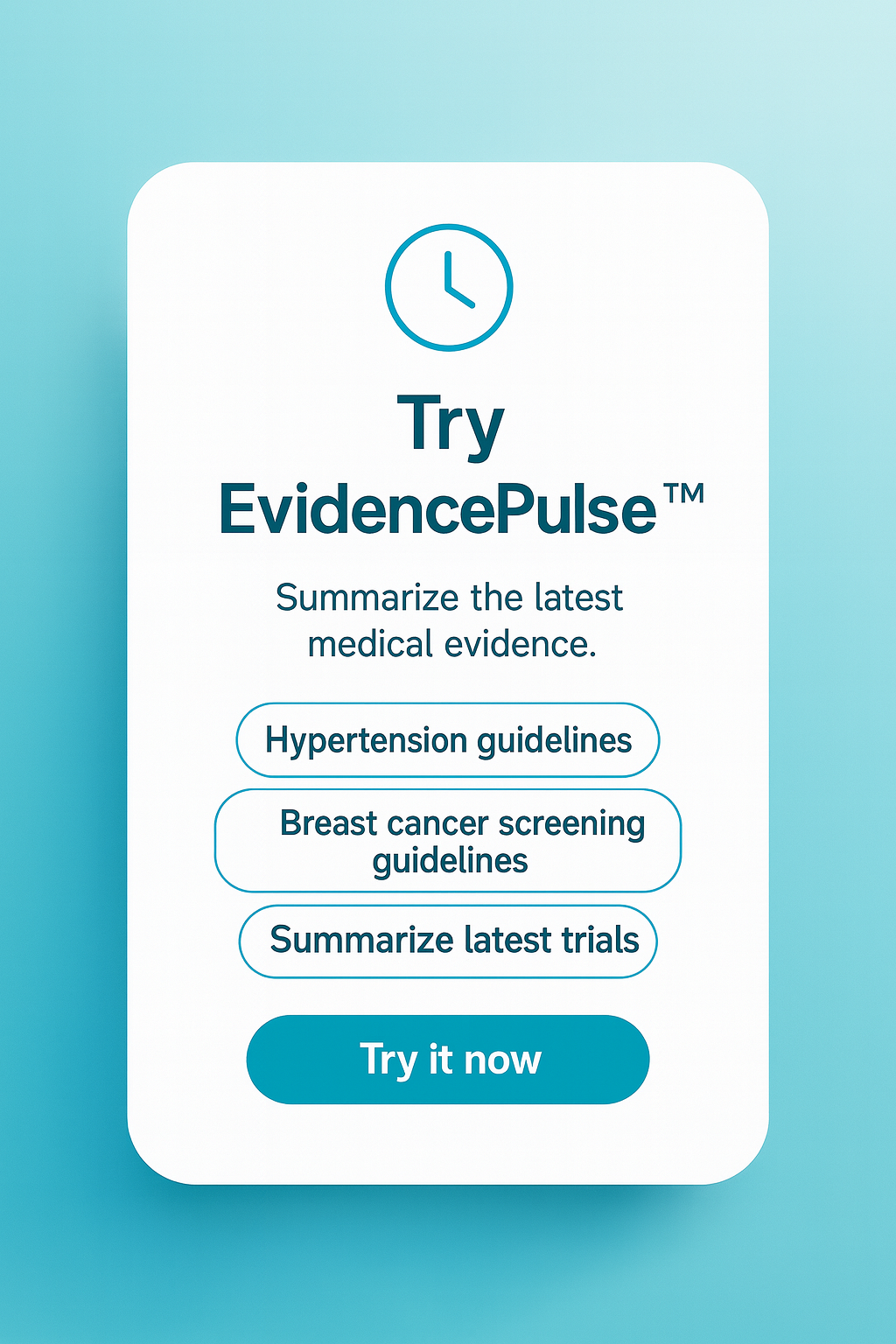Long-term comorbidities in extremely preterm infants with cerebral palsy
1. The lifetime prevalence of cerebral palsy (CP) was estimated to be 10.5% for infants born extremely premature (EP, <27 weeks gestational age), with predominantly spastic type.
2. Out of all EP-born infants with CP, at least 76% had one additional neurodevelopmental comorbidity.
Evidence Rating: 1 (Excellent)
Study Rundown: The risk of CP is high in preterm infants, with prevalence rates varying between 7-20%. Additionally, CP is often accompanied by other neurodevelopmental comorbidities. Few studies of children with CP born extremely premature (EP, <27 weeks) have evaluated the categorization of CP severity and CP-associated comorbidities for EP born subjects. The Extremely Preterm Infants in Sweden Study (EXPRESS) study was first published in 2009 and described the prevalence of CP in EP born subjects, with clinical evaluations occurring at 2.5 and 6.5 years of age. In this extension study, investigators aimed to describe the type and severity of CP as well as comorbidities including developmental delay, epilepsy, and visual and hearing impairment, that were not previously noted in the initial study. Their study population showed a lifetime prevalence of 10.5% CP, with the majority of cases being spastic. While the majority of these cases were detected at 2.5 years, newly diagnosed cases were noted at the 6.5 year evaluation. Of affected subjects, 75% were ambulatory and 76% had at least 1 additional comorbidity. Limitations of this study include that multiple children did not receive WISC-IV scores at 6.5 years or categorization of CP type. For providers, this study highlights the importance of long term follow-up in regards to both detecting new cases of CP in EP born infants as well as associated comorbidities.
Click to read the study, published today in Pediatrics
Relevant Reading: EXPRESS Group: One-year survival of extremely preterm infants after active perinatal care in Sweden.
In-Depth [prospective cohort]: Subjects included Swedish children born <27 weeks’ GA between April 1 2004 and March 31 2007. The study included 1011 infants born EP, of whom 707 were born live, 595 survived to 1 year of age, and of which 467 had outcome information available. At 2.5 years, the Bayley Scales of Infant Toddler Development III (Bayley-III) was used to assess cognitive, language, and motor development. At 6.5 years, the Wechsler Intelligence Scale for Children IV (WISC-IV) was used to assess intellectual ability. Results were compared with the mean standard deviation (SD) of age matched controls born term. A lifetime prevalence of CP – i.e. children with an established diagnosis and/or with spasticity and motor problems diagnosed at any time up to 6.5 years – was 10.5% (49/467). No linear association between GA and CP was identified. Additionally, 75% (37/49) were ambulatory. The point prevalence of CP at 2.5 and 6.5 years were 7% and 9.5% in the original study. Re-evaluation of the data revealed 3 previously undiagnosed cases and 3 children with CP who declined participation at 6.5 years were included. Of the affected subjects, 20% (10/49) had unilateral spastic type, 71% (35/49) had bilateral spastic type, 2% (4/49) had dyskinetic type and 2% (4/49) had ataxic type CP. In terms of neurodevelopmental comorbidities, 61% (30/49) had had developmental delay <2 standard deviations relative to the mean of the term controls via WISC-IV score and Bayley-III scores. When stratifying by age, of subjects born 22-24 weeks, 87% had developmental and/or cognitive level <2 SD, compared to 50% among those born at 25-26 weeks (P=0.03). Additionally, 18% (9/49) had epilepsy, 22% (11/49) had visual impairment, and 5% (10/49) had hearing impairment.
©2017 2 Minute Medicine, Inc. All rights reserved. No works may be reproduced without expressed written consent from 2 Minute Medicine, Inc. Inquire about licensing here. No article should be construed as medical advice and is not intended as such by the authors or by 2 Minute Medicine, Inc.









